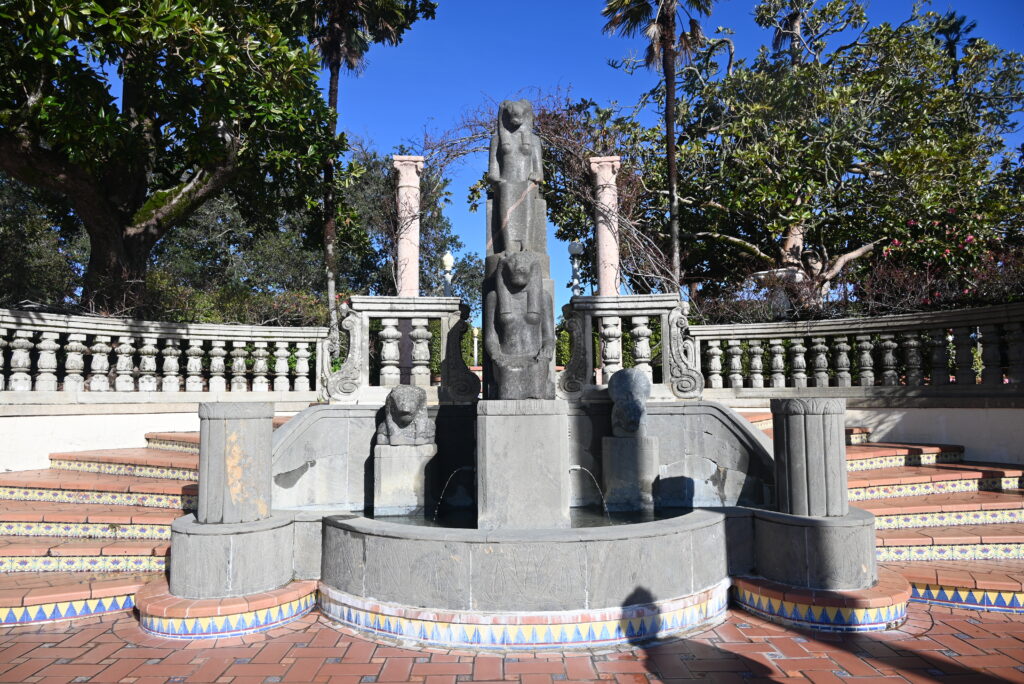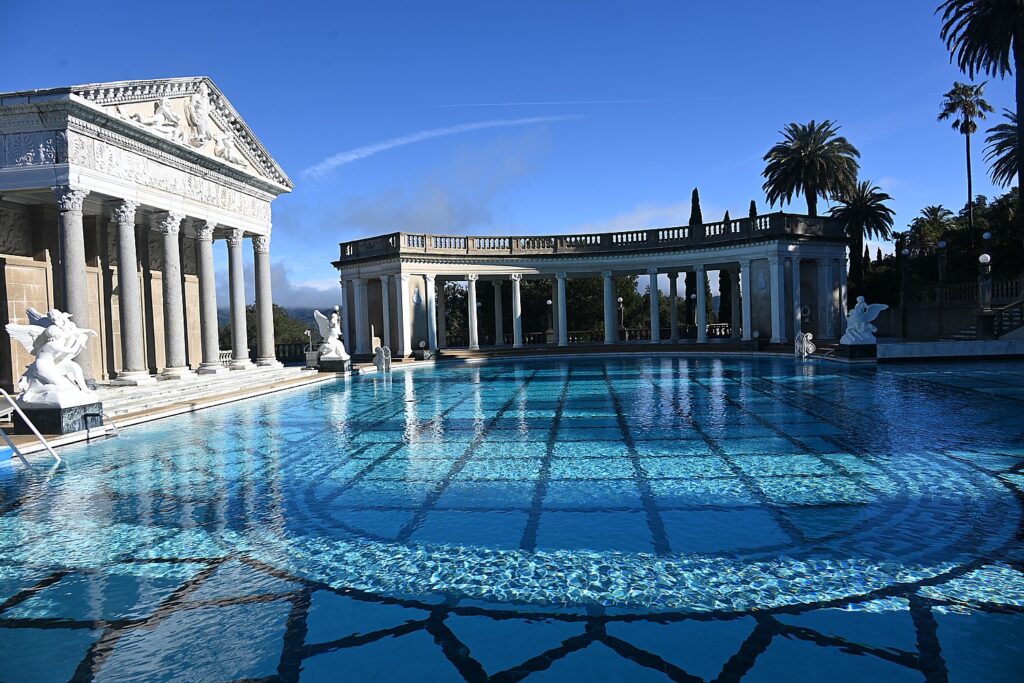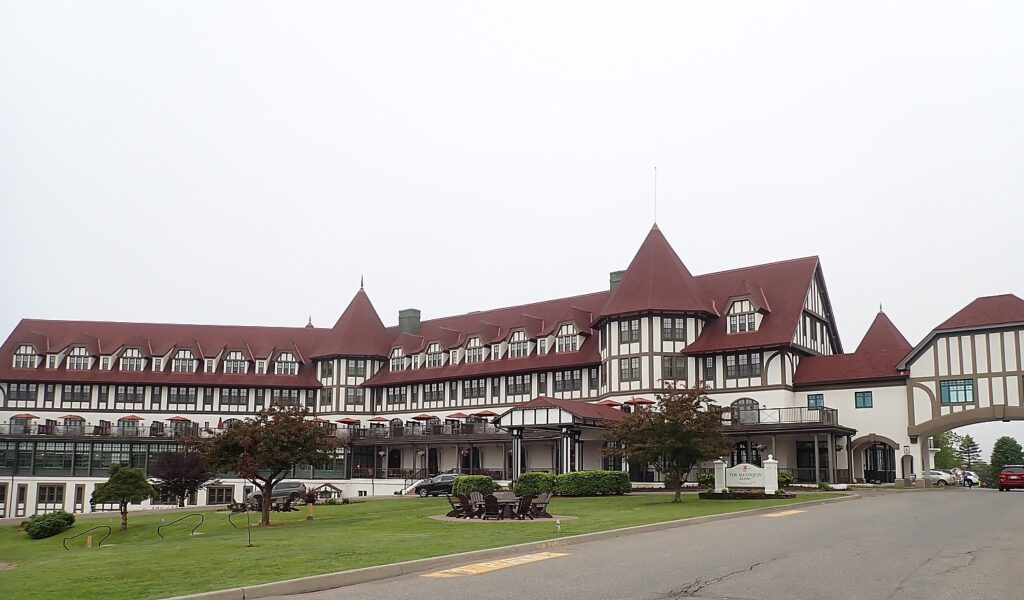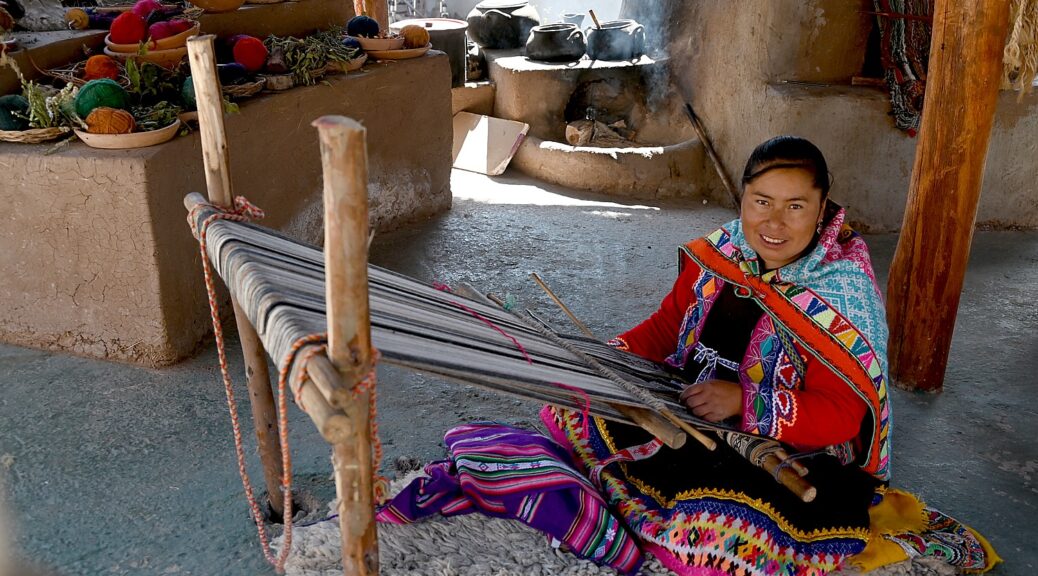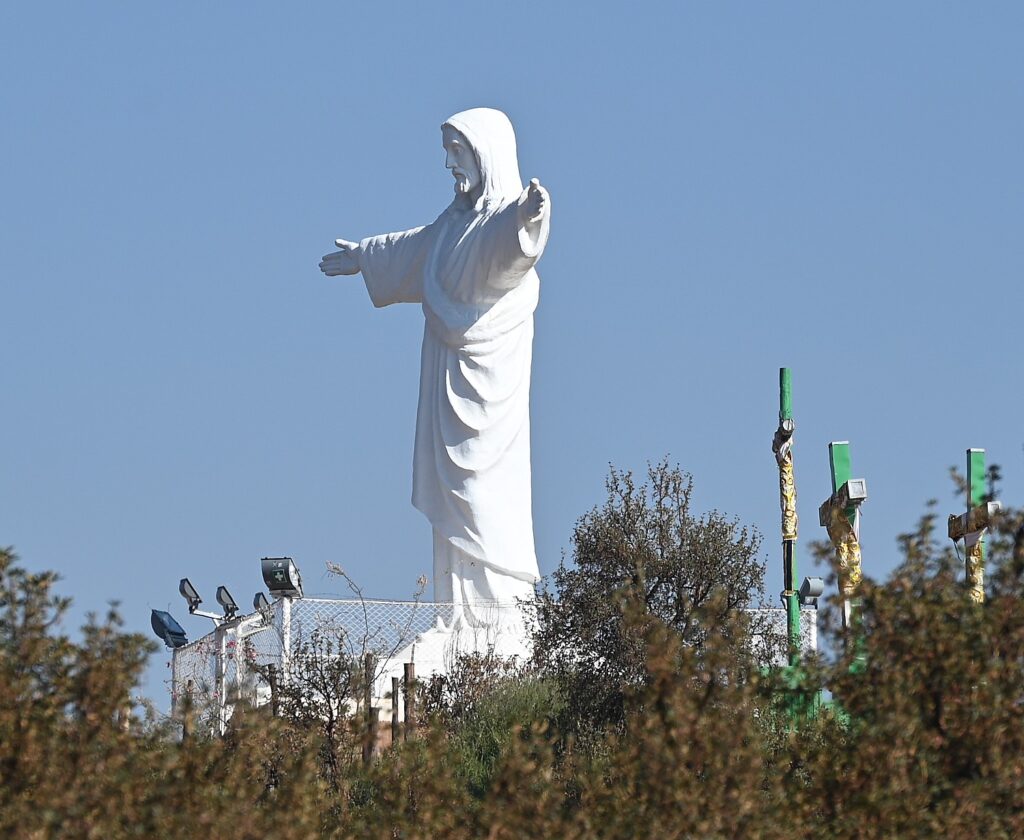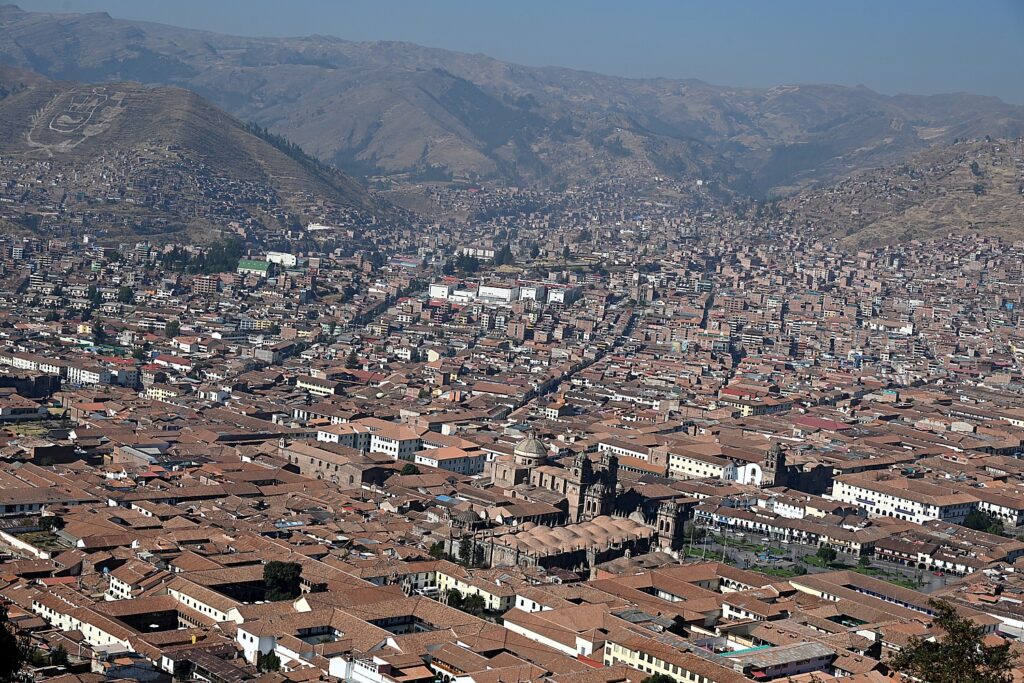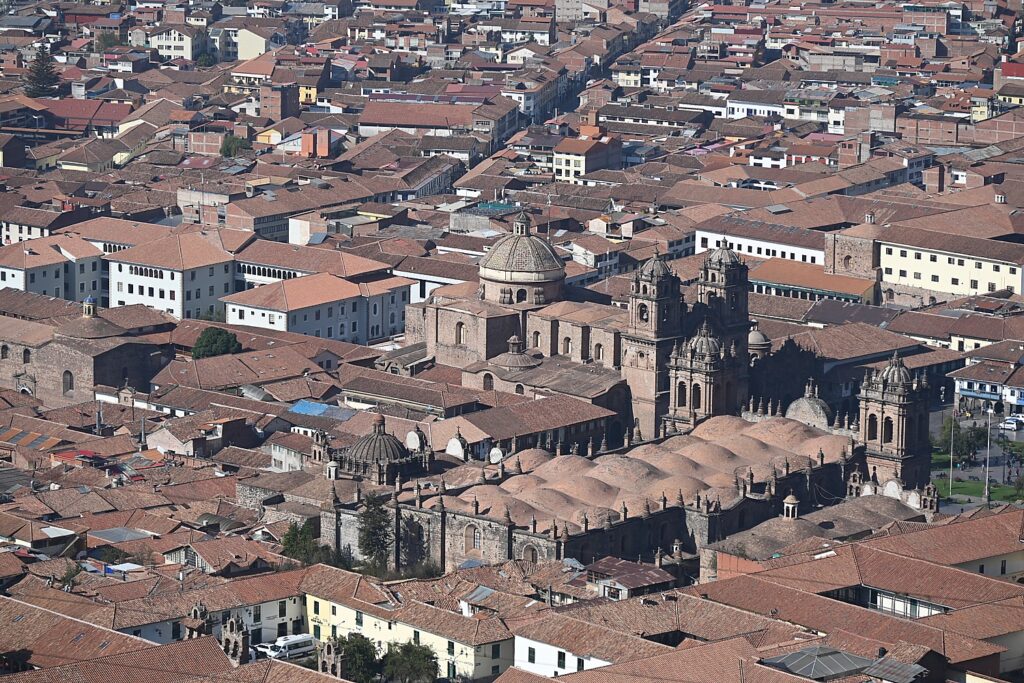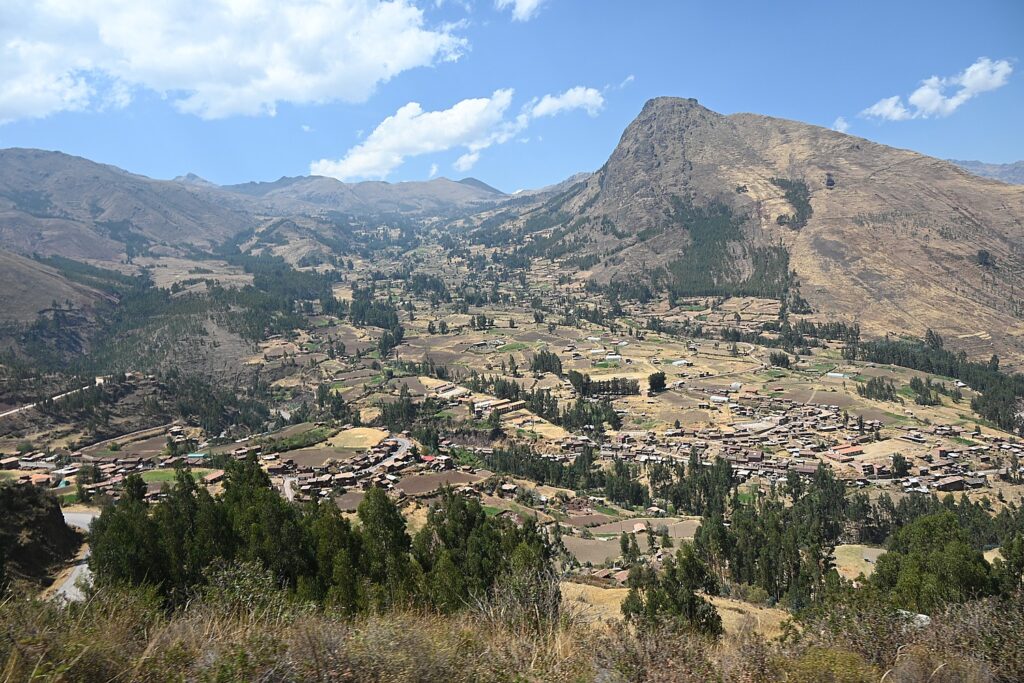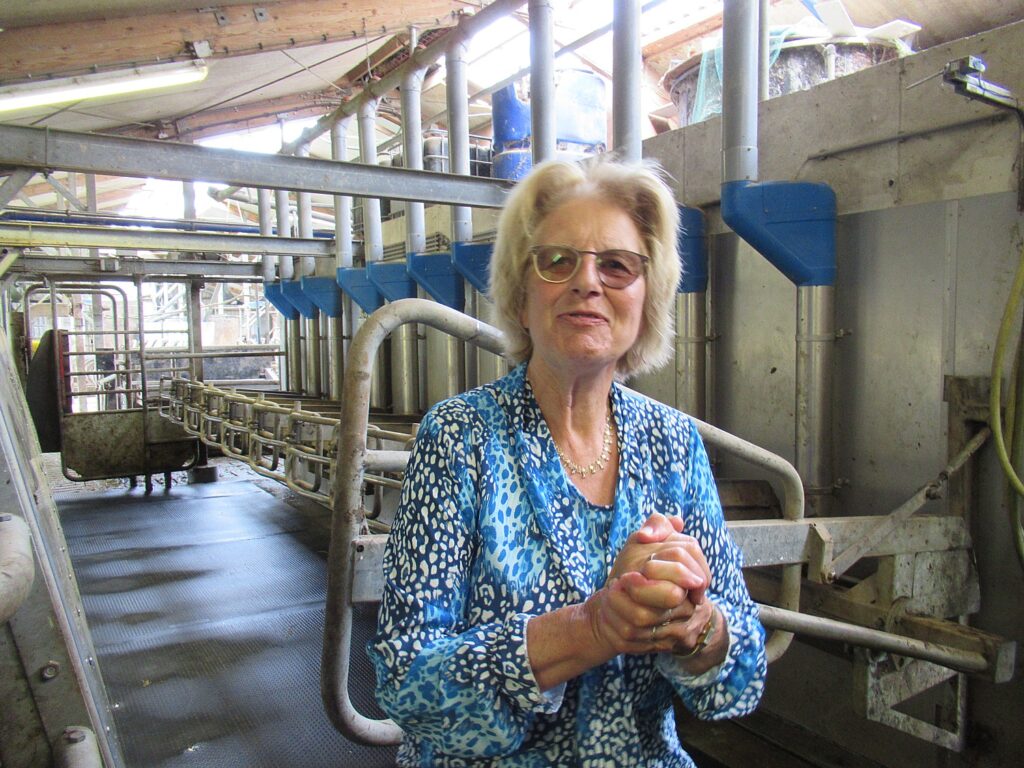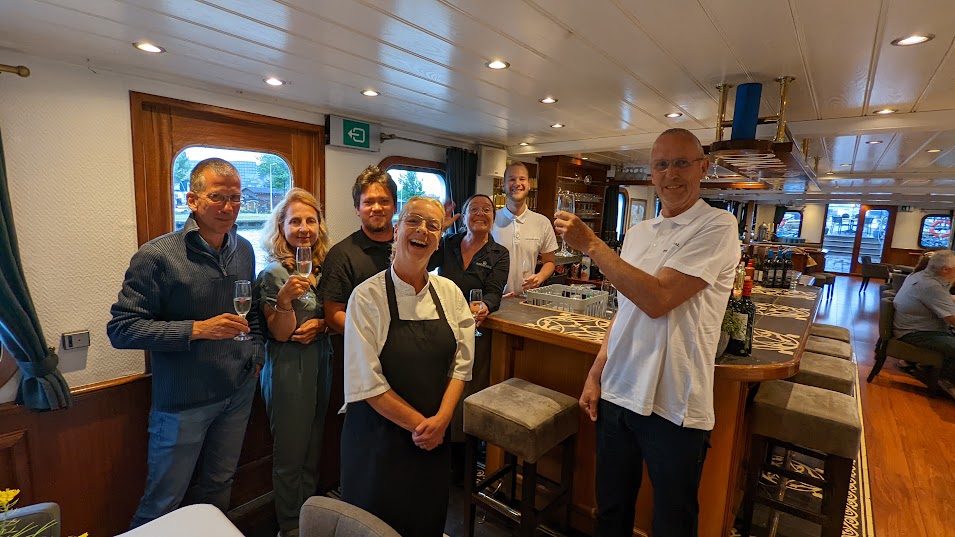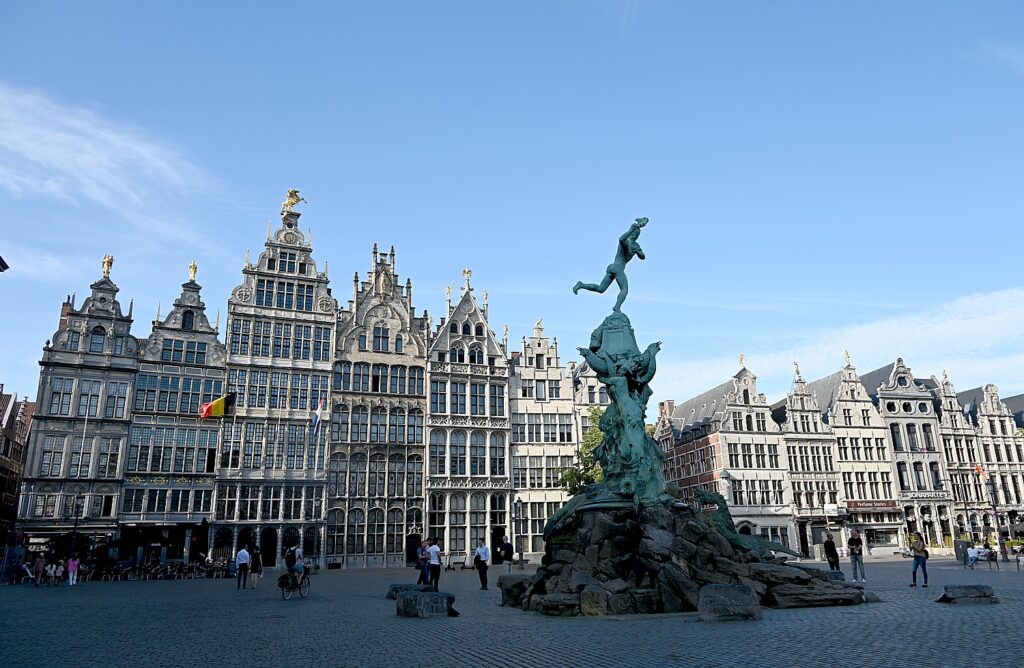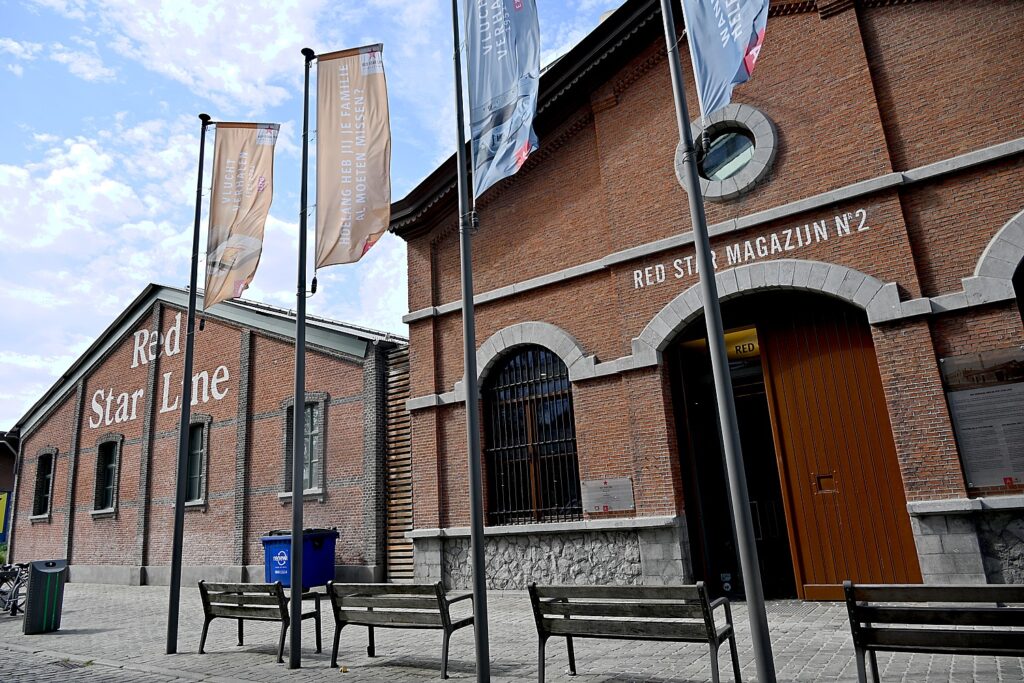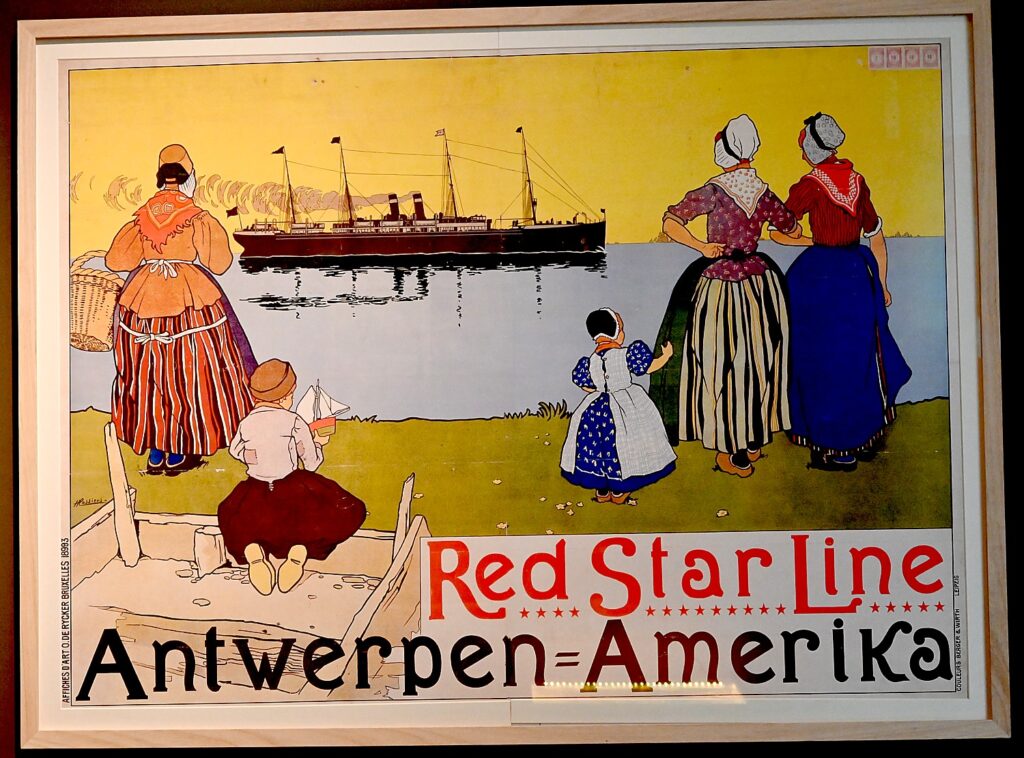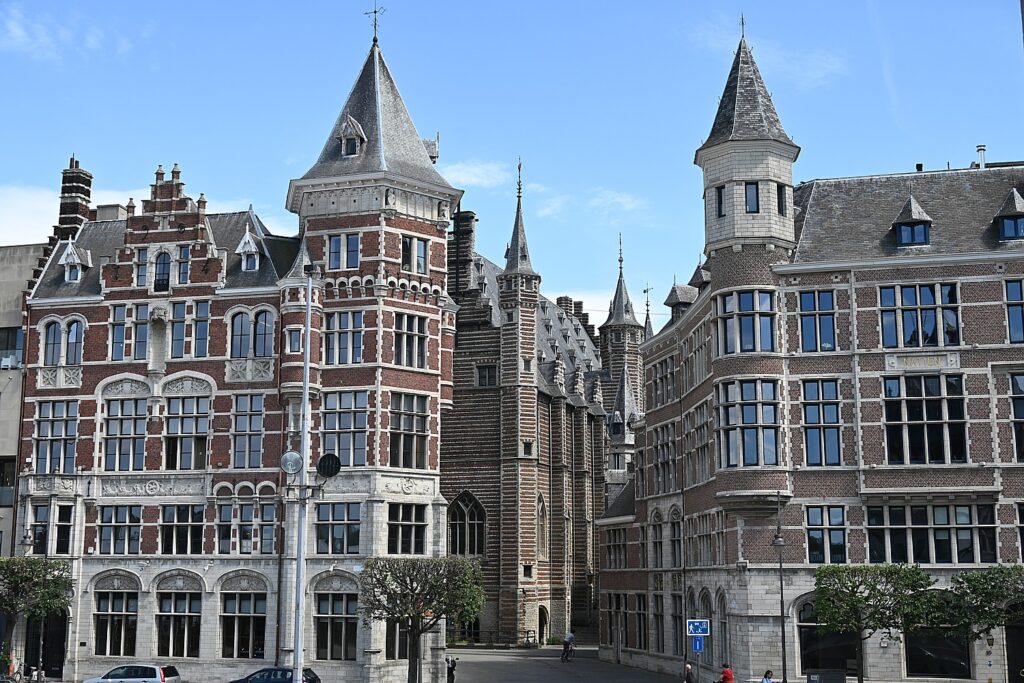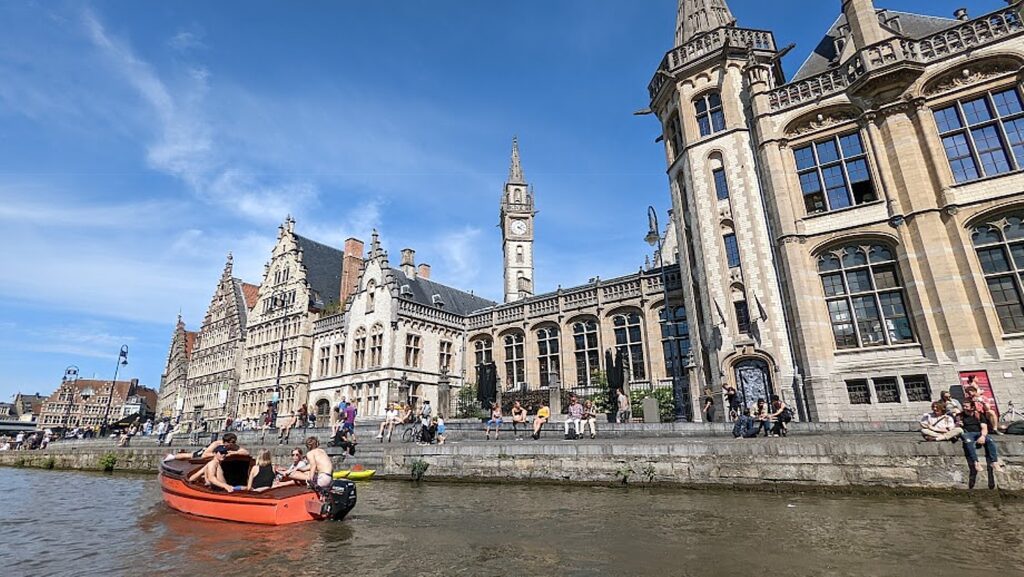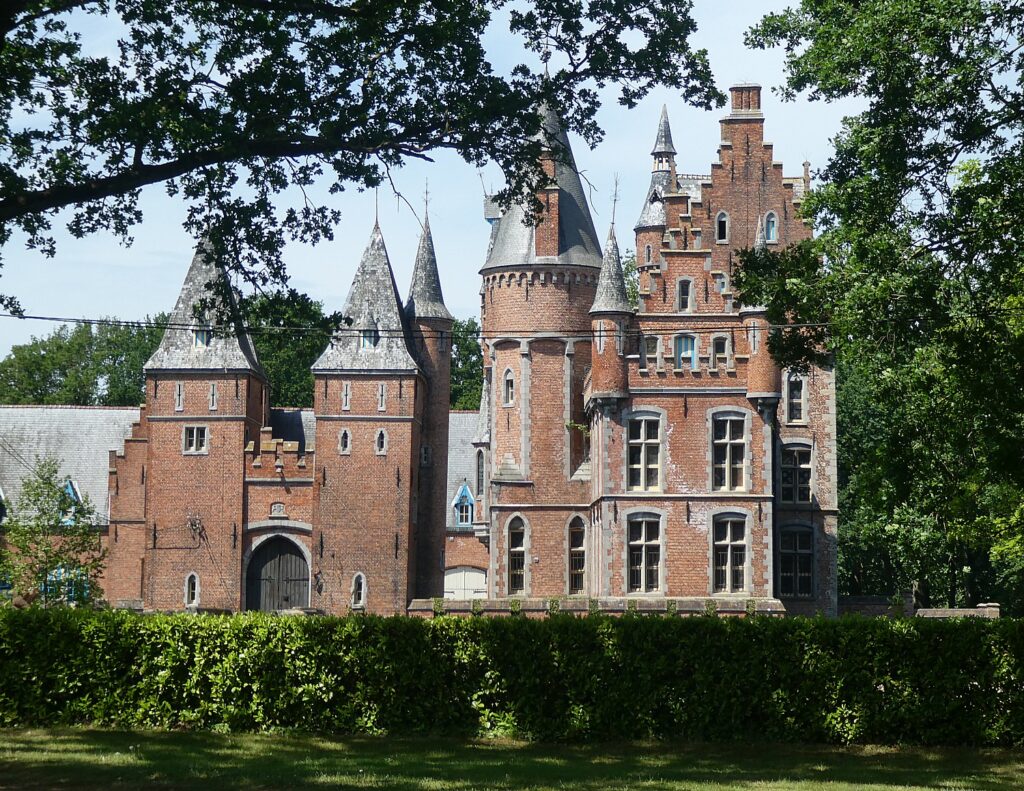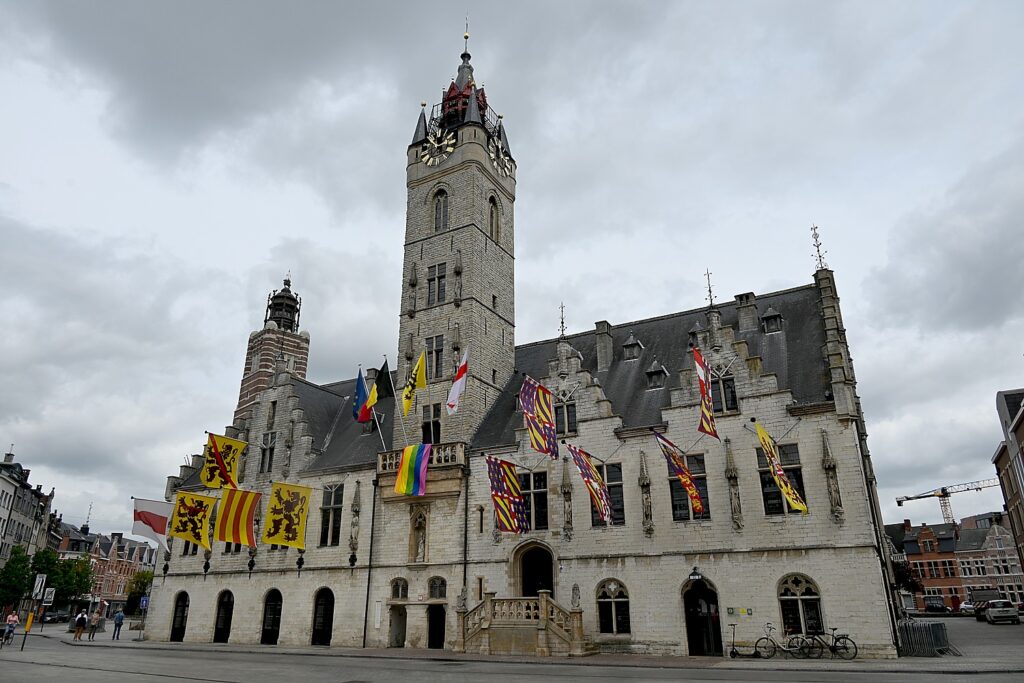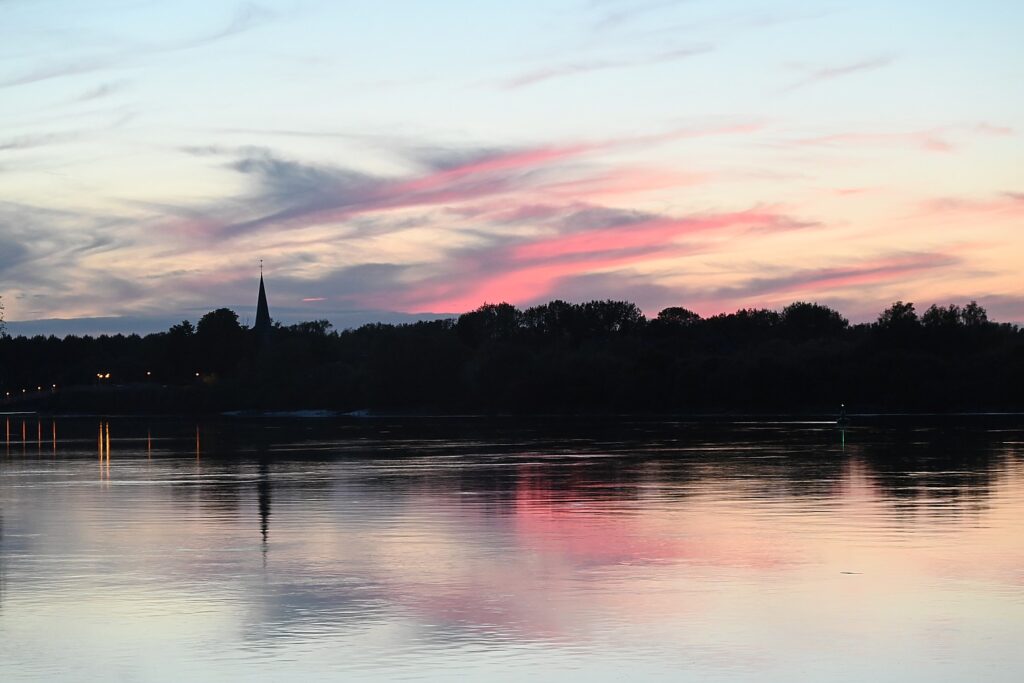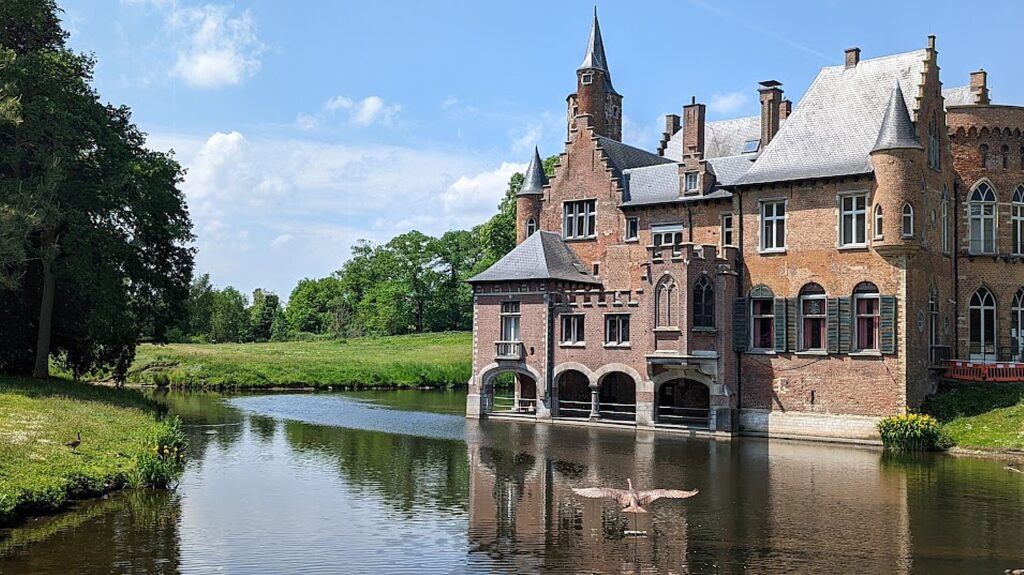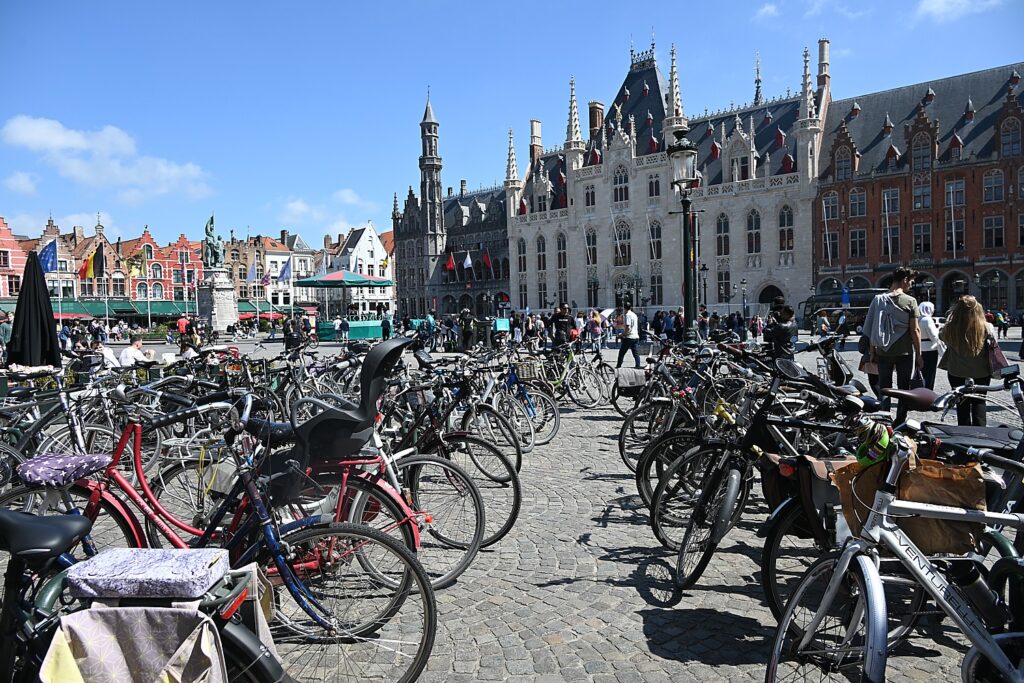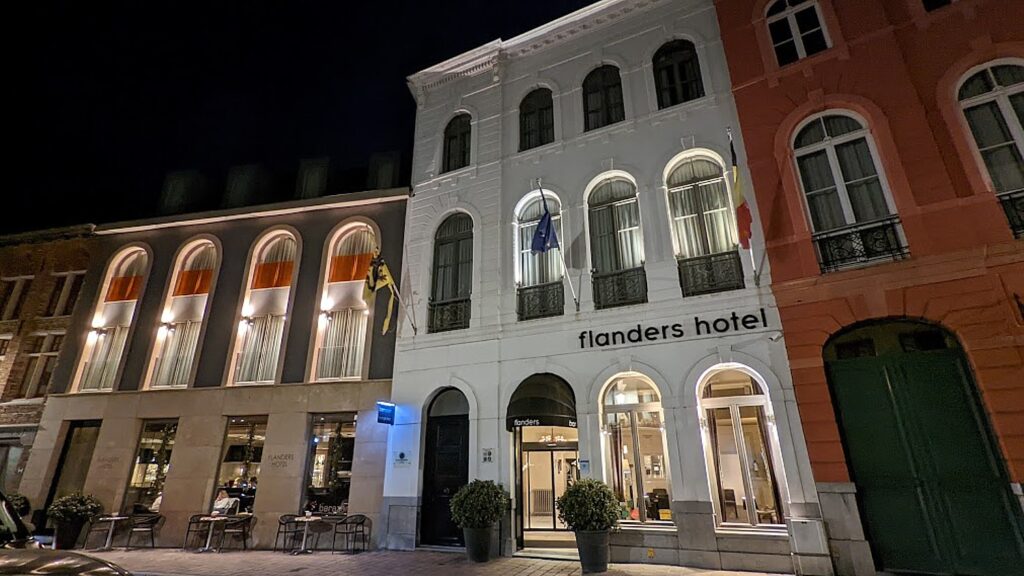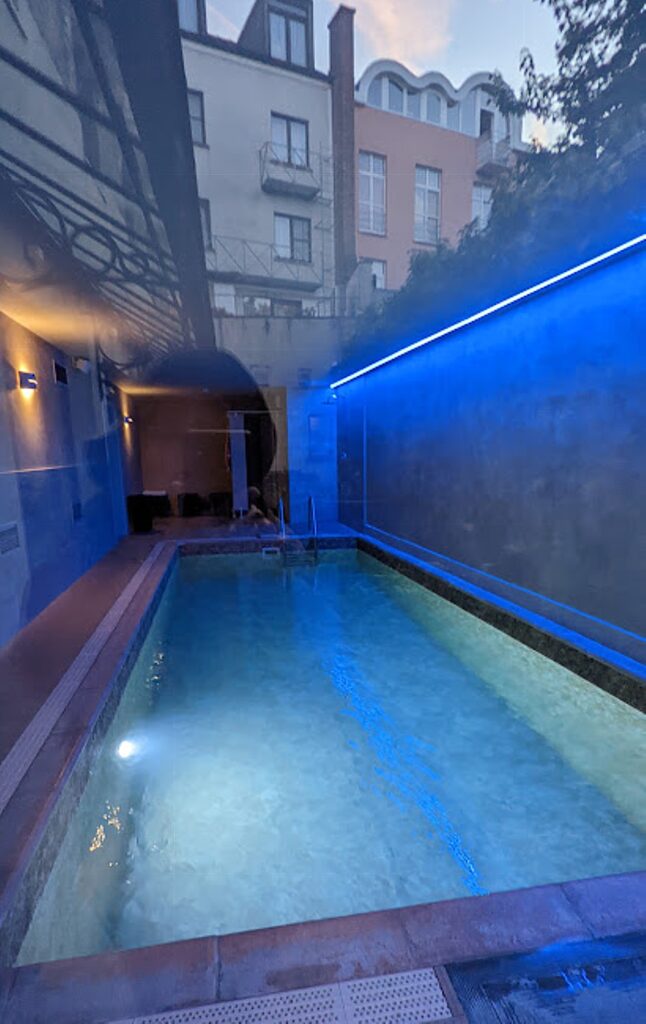
by Geri Bain for Travel Features Syndicate, goingplacesfarandnear.com
If you had asked me whether I knew about Boston’s role in the American Revolution before my recent exploration of the Freedom Trail, I would have unthinkingly said, “Of course.” Hasn’t every American heard the story of Paul Revere’s Midnight Ride and the Boston Massacre in their history classes? Even people who don’t know who the current president is could probably tell you what happened at the Boston Tea Party. But just as visiting the Roman Forum expands your view of the ancient past, a thoughtful visit to Boston’s Freedom Trail will forever deepen and perhaps change your view of American history.
And it’s fun. You won’t need any maps or preparation. While most tourism routes use the term “trail” figuratively, Boston’s Freedom Trail is an actual 2.5 mile “trail” marked by a red brick line that you can follow to some of the most iconic sites in the birth of our country. Detailed historic markers all along the way make it easy to dip into the stories of our past on your own.
For those who prefer a more structured visit, there’s a wide array of guided tours that provide a more interactive approach. The Freedom Trail Foundation’s several daily 90-minute group tours are led by costumed guides (thefreedomtrail.org) and based on what I heard in passing over the course of my time in Boston, the tours are lively and informative. The Foundation also offers a free online brochure that can act as a self-guided tour. There are also free apps from the National Park Service (nps.gov/boston) with recorded commentary for major sites and apps focused on Black heritage and other themes.
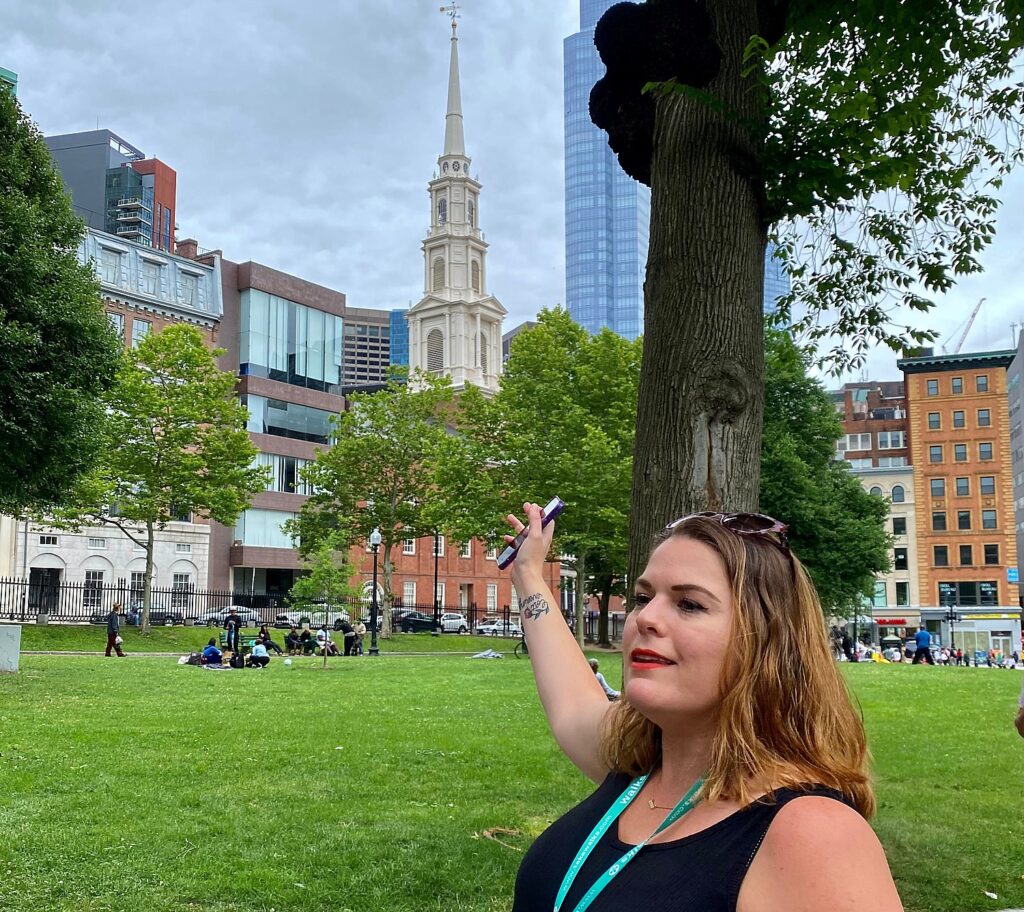
©Keroack Photography
DAY ONE: To get grounded, I chose a three-hour VIP Freedom Trail Tour by Walks (booked through City Experiences (www.cityexperiences.com/boston) which limits its group size to 15 people. The day I went, it was just me and a family of four. Our guide, Alexandra (Alex) Smith, was a theatre artist and history buff (who was currently directing “Revolution’s Edge,” a historical drama that was playing at the Old North Church). She used anecdotes and questions to capture our imaginations.
Standing in the Boston Common, she pointed out that the corner where the Park Street Church stands was dubbed Brimstone Corner both for the fiery sermons given at the church and because of the gunpowder stored there during the War of 1812.
When we got to a statue of Paul Revere, Alex asked the two school-aged kids in our group if they’d heard about Paul Revere racing to Concord and shouting the warning “The British are coming”? They nodded.
“Well that’s not true.” They looked puzzled. First, she explained, all Bostonians considered themselves British back then, so those wouldn’t have been the words he would use. And second, the mission was a stealth operation so he wouldn’t have ridden through the streets yelling. And most important, the King’s soldiers were on patrol that night and Paul Revere was stopped and held for questioning before he could deliver his message to Concord. Wisely, he was not the only messenger who rode out that night, so the message got through.

“So why does Paul Revere get the credit?” Alex asked us. She paused, then explained, that Henry Wadsworth Longfellow wanted to create a dramatic hero for America so he took artistic license in his poem The Midnight Ride of Paul Revere. It makes for a relatable and patriotically-motivating story to have a single hero.

Another example of drama trumping truth took place at the Old State House. Pointing out the plaque that commemorates The Boston Massacre, Alex showed us a picture of British soldiers shooting into the crowd. That image, engraved by Paul Revere and sent to all the Colonial newspapers turned the “Boston Massacre” into a rallying cry against the British Crown. However, like Wadsworth’s poem, the engraving took poetic license.
Tensions had been building between Boston residents and the growing number of soldiers sent there to enforce new taxes but also taking jobs from local workers. One argument between a soldier and a colonist escalated, with soldiers and Bostonians gathering into a standoff. The soldiers, under attack by the crowd with snowballs, clubs, and other objects, were told to hold their fire, but one of them panicked and shot and then another joined in. Five people were killed.

Sam Adams arranged and funded a huge funeral parade for the five victims of the Boston Massacre and paid for the five victims to be buried in his plot in the Granary Burying Ground where he now lies as well. The parade made a big impression both on the British soldiers and on the residents of Boston, Alex said. “Great propaganda!”
That’s just one of many stories waiting to be told at the Granary Burying Ground. Once the very edge of 17th century Boston, this small patch of cemetery is now like a who’s who of the American Revolution. For example, across the grounds from Adams is the tombstone of James Otis, who coined the phrase “Taxation without representation is tyranny.” Otis was one of the great minds behind the Revolution but he suffered from periods of insanity which kept him out of the limelight.
The cemetery is also the final resting place of Paul Revere, John Hancock, the parents of Benjamin Franklin and an estimated 5,000+ other people. We asked Alex how so many people could fit in such a small space and learned that bodies were often buried one on top of the other.
The tour also included a visit to the Old North Church, and strolled through Little Italy, where Alex explained the difference between the two most popular cannoli spots. Along the way, Alex also shared tips on exploring the city, how to learn about free concerts and events at the Boston Common, and a list of her favorite eateries, making us feel a bit like insiders in the city.
DAY 2: My husband and I were joined by his cousins for a leisurely stroll along the Freedom Trail. We stopped to read the signs at spots that grabbed our attention and toured Paul Revere’s home, where we learned that the Wadsworth poem might have been quite different had his dad not anglicized his Huguenot name from Appolos Rivoire to Paul Revere. (Rivoire is a harder name than Revere to rhyme.)
We also spent some time in Faneuil Hall, which was built and gifted to the city of Boston in 1743 by philanthropist Peter Faneuil to serve as a meeting hall and a marketplace. It was where the “Sons of Liberty”— and activists ever since—gathered and gave speeches.
The hall now houses a moving exhibit called “Slavery in Boston” underscoring how much of Peter Faneuil’s and Boston’s wealth came from goods produced by enslaved labor and slave trafficking. The exhibit also looks at the lives of individual enslaved Africans. One of the most touching was the story of Caesar, an enslaved Black boy, “owned” by one of Boston’s richest families, serving them and children including a son who was his age.
Not far from Faneuil Hall is another stirring site, the New England Holocaust Memorial, (www.nehm.org), an outdoor space that takes you by surprise if you’re not expecting it. As we were walking through Carmen Park, I noticed steam rising from between towering plates of glass that line a black granite path. Walking towards it, I began reading quotes from Holocaust survivors etched into the glass and realized that the steam is a reminder of the smokestacks of the crematoriums at the Holocaust death camps. Looking down through the metal grates, I saw small lights that represent the charred embers of those murdered in the gas chambers. Signs told me that the glass towers represent the smokestacks and the Menorah-like lights atop them are symbols of strength and endurance. It was an impressive experience.
On a lighter note, a great spot for recreation or simply a relaxing sit-down is the Rose Kennedy Greenway, (www.rosekennedygreenway.org/). It was built as an over-the-highway park linking the waterfront to the city. It was a great spot to sit and socialize and our visit was enriched by reading the self-guided tour (available on the website), which provided fun information. For example, the dirt removed to make the Greenway possible could fill a stadium to its rim 16 times, and the concrete used to create it is equivalent to laying a sidewalk three feet wide and four feet thick roundtrip from Boston to San Francisco three times It’s amazing to think about that when you’re strolling through the lovely gardens. We also enjoyed the free (ever-changing) contemporary art installations and exhibitions and food trucks.

For lunch, we chose the Union Oyster House, an attraction in its own right. It’s the city’s oldest restaurant and a National Historic Landmark. The brick line of the Freedom Trail passes right in front of it. More importantly, it serves some of the best seafood in the city in a genuine historic and unpretentious setting. In fact, in 2023, the restaurant earned a spot among the Taste Atlas Top 50 Most Legendary Restaurants in the World.
Our six-person hardwood booth was across from one with a plaque memorializing the one reserved for John F. Kennedy and family when they dined there. We took quite some time to look around after we ate; the restaurant is filled with fascinating memorabilia and its walls are covered with paintings, photos and newspaper clippings about the famous people—from Daniel Webster to Meryl Streep—who have been patrons here over the centuries. My husband and I liked the restaurant so much that we dined there again the next day.
Day 3: Before leaving Boston, we went for one last stroll through the Rose Kennedy Greenway. We stopped to observe a tai chi group and to watch children scrambling to get on their favorite hand-carved animals which included a peregrine falcon, a green sea turtle and imaginary creatures that were chosen from a fun project drawing on the imaginations of local children.

We then took an enchanting one-hour narrated Historic Boston Harbor Cruise, where our guide pointed out how much land was created by landfill, including Back Bay, the Seaport and parts of downtown and Logan Airport. In fact, one-sixth of the city is landfill—a process that began in the 1700s. (The cruise and a hop-on/hop-off bus pass we used, were part of an all-inclusive GoCity.com/boston pass that included entry into more than 45 attractions.
As you might expect, historic hotels abound in Boston. The Omni Parker House is where Longfellow drafted his poem about Paul Revere. The former Boston Police Department headquarters is now the AKA Back Bay Hotel, and a former jail has embraced its past as the Liberty Hotel.
We stayed at The Langham, Boston, a five-star hotel that is just a short walk from the Freedom Trail and the waterfront and is itself a National Historic Monument. Built in 1922, it was home to the Federal Reserve Bank of Boston until 1977. Its banking past lives on in details like the green bank-style lamps, the tweed furnishings, and the lock box-style drawers behind the concierge desk.
It’s also a great choice for art lovers. Two N.C. Wyeth murals commissioned by the bank are still in their original spots and The Grana restaurant, which occupies the former grand hall, still has the Federal Reserve Bank emblem at its center, and portraits of eight Fed presidents grace its walls. The hotel also has an extensive collection of modern art, with a series of videos, cued by QR codes, of the artists explaining their works.
One of the best things about staying at The Langham (LanghamHotels.com/Boston was unwinding in the pool, hot tub and sauna after a day of delightful surprises on the Freedom Trail.
Useful Links:
- theFreedomTrail.org; provides great info plus special interest and Freedom Trail tours, apps, and more
- NPS.gov/bost/planyourvisit/app.htm: offers a free app with recorded commentary as well as focused apps for Black heritage and more.
- CityExperiences.com/boston: offers access to historic harbor cruise, VIP walks and other tours and cruises
- GoCity.com/boston: offers an all-inclusive pass that includes entry into more than 45 attractions and historic harbor cruise or bundled admission pass
- CityPass.com/Boston: offers a package with discounted admission to a choice of four major attractions
Also, meetboston.com offers information about events, activities, food and lodging.
_______________________
© 2024 Travel Features Syndicate, a division of Workstyles, Inc. All rights reserved. Visit goingplacesfarandnear.com and travelwritersmagazine.com/TravelFeaturesSyndicate/. Blogging at goingplacesnearandfar.wordpress.com and moralcompasstravel.info. Visit instagram.com/going_places_far_and_near and instagram.com/bigbackpacktraveler/ Send comments or questions to FamTravLtr@aol.com. Tweet @TravelFeatures. ‘Like’ us at facebook.com/NewsPhotoFeatures











